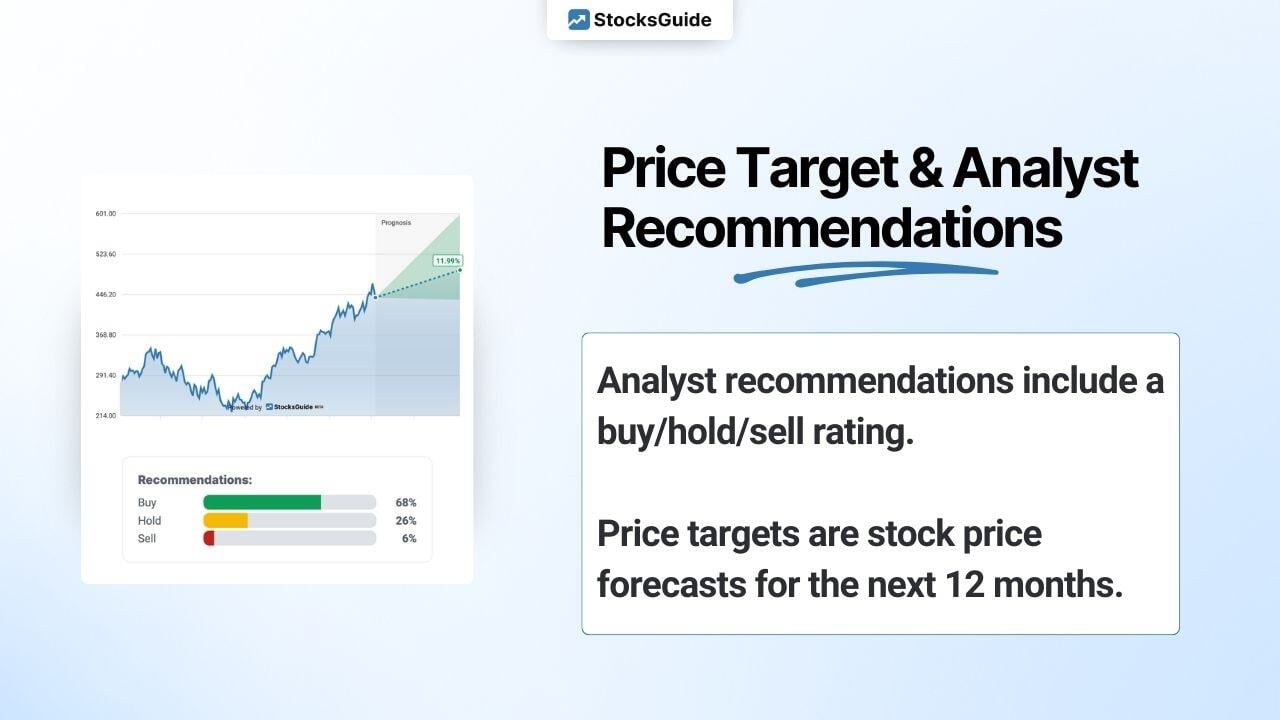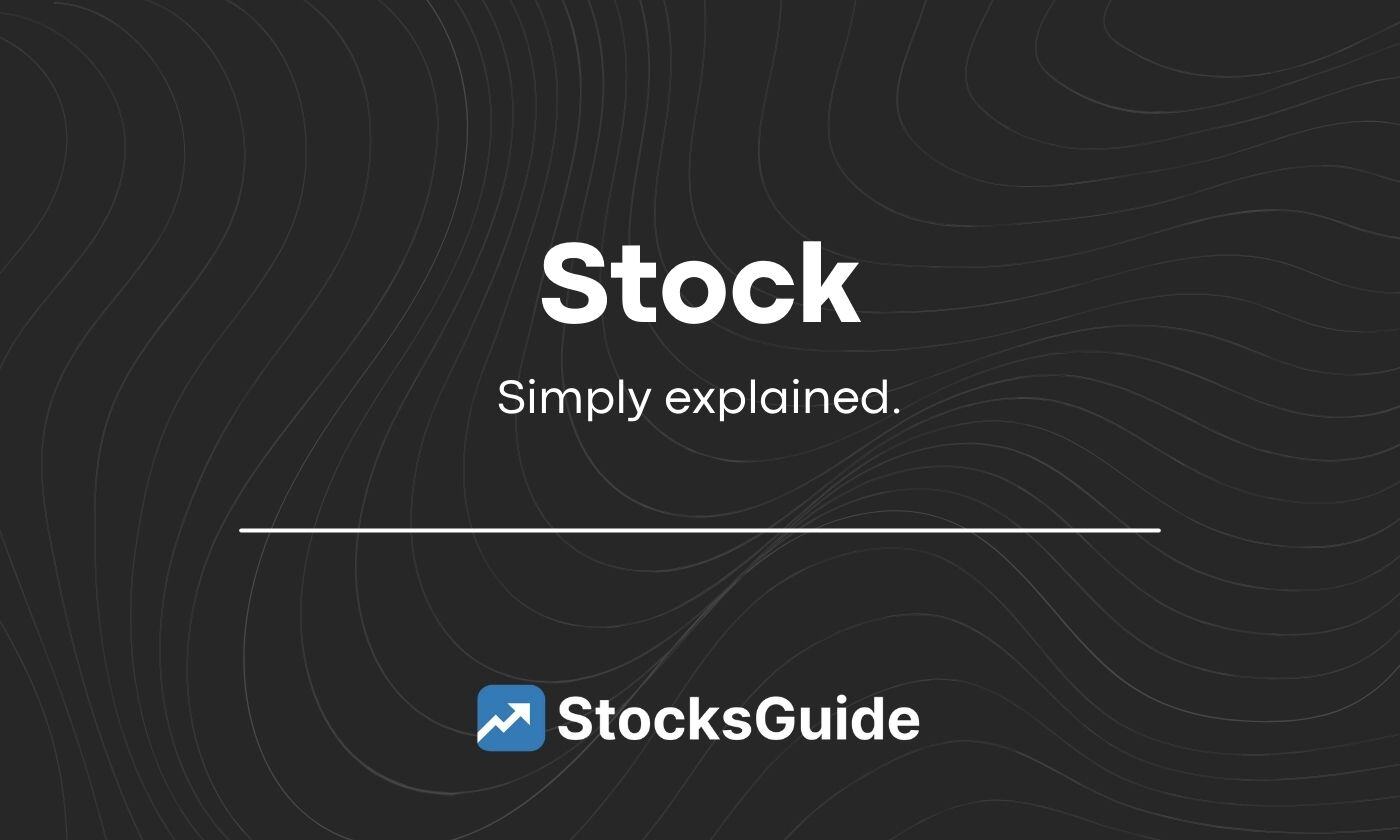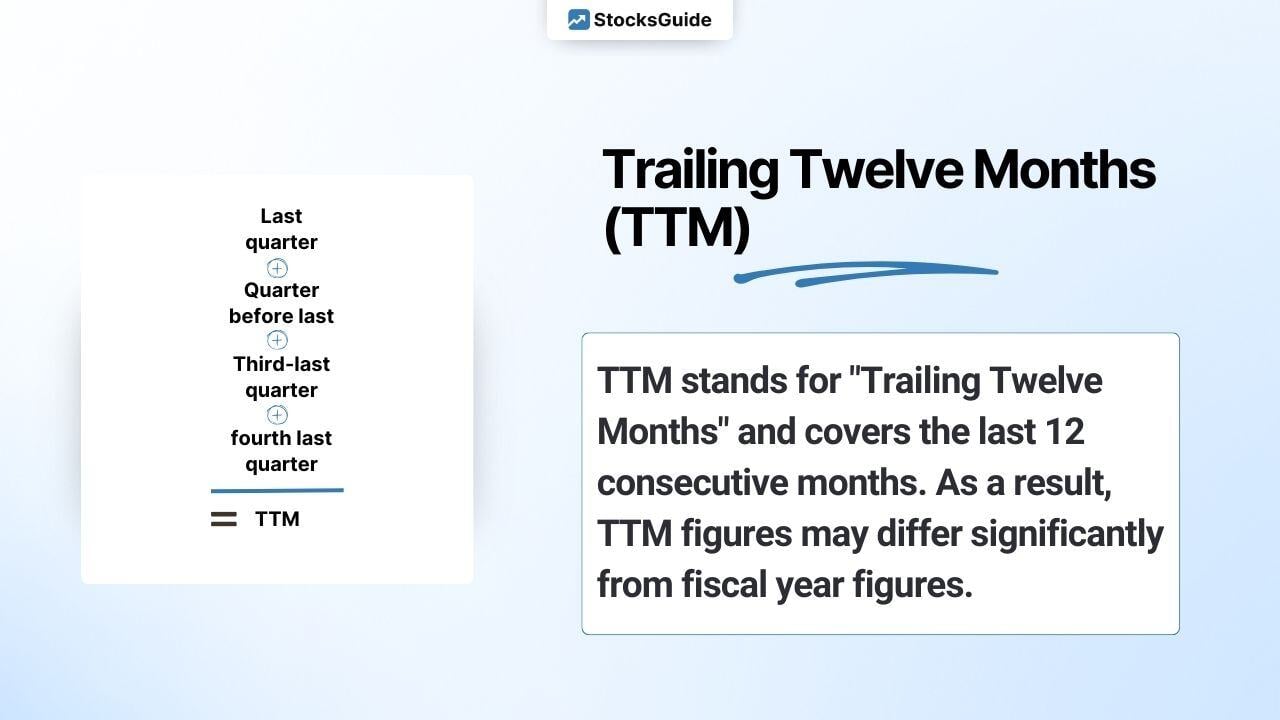Many experienced investors pay particular attention to the intangible assets on a company's balance sheet when analyzing shares. Here you can find out why it can also be worthwhile for you to keep an eye on this balance sheet item.
Table of contents
What are intangible assets?
Intangible assets represent patents, acquired rights, licenses and software as well as goodwill on the assets side of a company's balance sheet. These are therefore intangible assets.
In contrast to these intangible assets, there are tangible assets. These include machinery, vehicle fleets, factories and more.
Intangible assets play a special role in company takeovers: the premium that a company is prepared to pay for a takeover over and above the book value is known as goodwill. After a takeover, this goodwill is recognized as goodwill under intangible assets in the balance sheet of the acquiring company.
Example: Digital Turbine and Salesforce shares
Digital Turbine shares have attracted attention in recent years with a number of takeovers. As a result of the acquisitions, the proportion of intangible assets on the balance sheet has increased significantly.
Intangible assets now account for 60 percent of total assets or total assets. This means that they are now twice as large as equity.

Salesforce has also repeatedly made expensive acquisitions over the years (e.g. Slack). The proportion of intangible assets in the balance sheet of Salesforce shares is correspondingly high:

At Salesforce, intangible assets make up 57% of the balance sheet total and are roughly equivalent to equity.
It is particularly important to look at the historical development of intangible assets. This is very easy to do graphically with the fundamental charts in StocksGuide:

The chart shows that intangible assets have increased by over 1,000 percent at Digital Turbine and by over 250 percent at Salesforce in the last six years!
Risks
If intangible assets are conspicuously large in relation to other balance sheet items, then you should take a closer look. This is because there is a great deal of leeway when valuing intangible assets.
It often turns out that intangible assets are overvalued after some time!
It is much more difficult to determine the true value of intangible assets than of tangible assets. For example, it is easier and more accurate to determine the value of a machine than the value of a brand.
Caution is required, especially with expensive company takeovers. First of all, the goodwill paid is booked there. If it turns out over time that the acquired company is not as successful and valuable as hoped, balance sheet risks arise.
There is then a risk that the fixed assets are overvalued. As soon as an impairment test is carried out and the auditor determines that there is an overvaluation, unscheduled (often high) write-downs are made.
High write-downs have a negative impact on the income statement in particular. EBIT or net profit will be correspondingly lower. Free cash flow is not affected, as depreciation and amortization are non-cash items.
Conclusion
Shares with a high proportion of intangible assets on the balance sheet entail additional risks and should be treated with caution. Many conservative investors therefore prefer organic growth to an aggressive takeover strategy, which always goes hand in hand with the build-up of corresponding intangible goodwill on the balance sheet.




